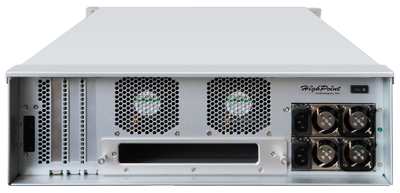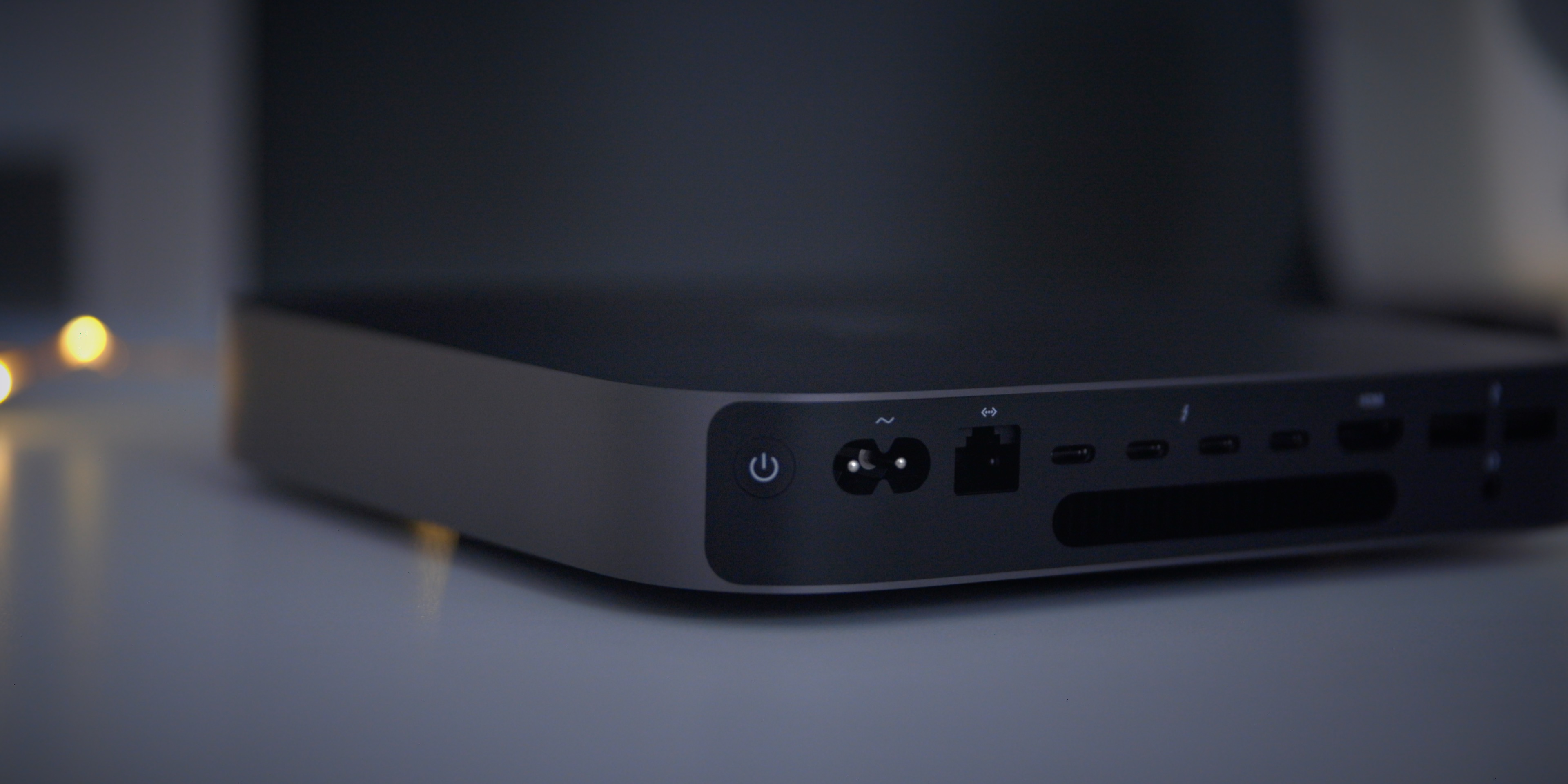Windows Vista and 7 are fully compatible with the MAXPower RAID mini-SAS 6G card via Boot Camp on a Mac. Download OS X Driver and Software for OS X 10.6.8 - 10.10 including Thunderbolt here (2.1MB DMG) Voyager The Easiest Way To Access Data From ANY 2.5' or 3.5' Serial ATA (SATA) Hard Drive Up To 2.0TB! How to set up a RAID in macOS Sierra’s Disk Utility. This will erase any data that exists on the disks you want to use for the RAID. Back up that data if you want to save it. A software RAID is one that is managed by your Mac, though the disks can (and usually will be) in an external box. Until El Capitan, you could use Disk Utility to create a software-based RAID. LaCie offers a RAID Monitor app for Mac, but G-RAID does not offer a similar tool. These pre-configured enclosures also don't include any warning lights in the hardware, so it's even more difficult to tell if any of the drives aren't working properly. Building your own RAID drive proves doubly beneficial.
mac-fusion has a new Mac mini with Snow Leopard Server. It ships with (2) 500GB hard drives but it’s not configured as any kind of RAID. We wanted to know how the redundancy and reduced capacity of a RAID 1 compared to the speed and size benefits of running a RAID 0. We also wanted to find the baseline speed of a non RAID setup. So we pitted the mini against itself and several other Macs for good measure.

Methodology

We used Quickbench 4.0.4. It says it’s Leopard compatible but there’s no mention of Snow Leopard. That would really be a drag if all this data was not valid. But unfortunately the developer’s support forums have been offline all week so we’ll go with it for now. We ran the Standard test using transfer sizes ranging from 4KB to 1MB and taking the average. We did 5 passes to try and even out any big anomalies. All machines were tested after being rebooted, and, except for the Xserve with SSD, all servers were running a minimum set of services. We threw the Xserve SSD in just to see if the MacBook Air SSD performance was hobbled at all. Results are in MB per second.
Sequential Read

Sequential Write
Random Read
Random Write
Thoughts
It’s no surprise that you get what you pay for and the Xserve with RAID 5 Donkey Kongs the others in all but Random Read, although not by a huge margin. But if you’re supporting a workgroup of more than a handful of people and providing a broad range of services, it’s the way to go. The MacBook Air w/ the SSD drive puts up some pretty solid numbers in the Random Read area. That’s the nature of SSD. And that’s what makes it feel pretty sporty compared to a regular HD. But it’s still slower than a production Xserve box with an SSD. I don’t know if that’s the drive or the bus or something else but would love some comments on that. Even though the old mini didn’t come anywhere near saturating it’s limited 1.5Gbps SATA bus, I don’t think it helped anything. That thing is S L O W. The Mac min Server however is much faster even with a single drive. But, to address what we set out to find, if you’ve got a good backup plan in place, the size and speed benefits of a RAID 0 seem to be justified offering nearly 2x the performance in both sequential tests, a small boost in Random Read and nearly a 50% gain in Random Write.
Specs

Mac mini – Mac mini (Late 2006) 1.66GHz Intel Core Duo, 2GB RAM, 60GB, Mac OS X Server 10.6.2
Mac mini Server – Mac mini (Mac OS X Server, Late 2009) 2.53GHz Intel Core 2 Duo, 4GB RAM, 2x500GB, Mac OS X Server 10.6.2
MacBook Air SSD – MacBook Air (Mid 2009) 2.13GHz Intel Core 2 Duo, 2GB RAM, 128GB SSD, Mac OS X 10.6.2
Raid Mac Mini Server
MacBook Pro – MacBook Pro (15-inch, Mid 2009) 3.06GHz Intel Core 2 Duo, 4GB RAM, 500GB Seagate Momentus 7200RPM, Mac OS X 10.6.2
Best Raid For Mac

Mac Pro – Mac Pro Two 2.66GHz Dual-Core Intel Xeon “Woodcrest” processors, 8GB RAM, 1TB Hitachi Deskstar, Mac OS X 10.5.8
Xserve SSD – Xserve (Early 2009) Two 2.66GHz Quad-Core Intel Xeon “Nehalem” processors, 12GB RAM, 128GB SSD, Mac OS X Server 10.6.2
Xserve RAID 5 – Xserve (Early 2009) One 2.26GHz Quad-Core Intel Xeon “Nehalem” processor, 6GB RAM, 3x1TB Apple Drive Modules, Xserve RAID Card, Mac OS X Server 10.6.2
